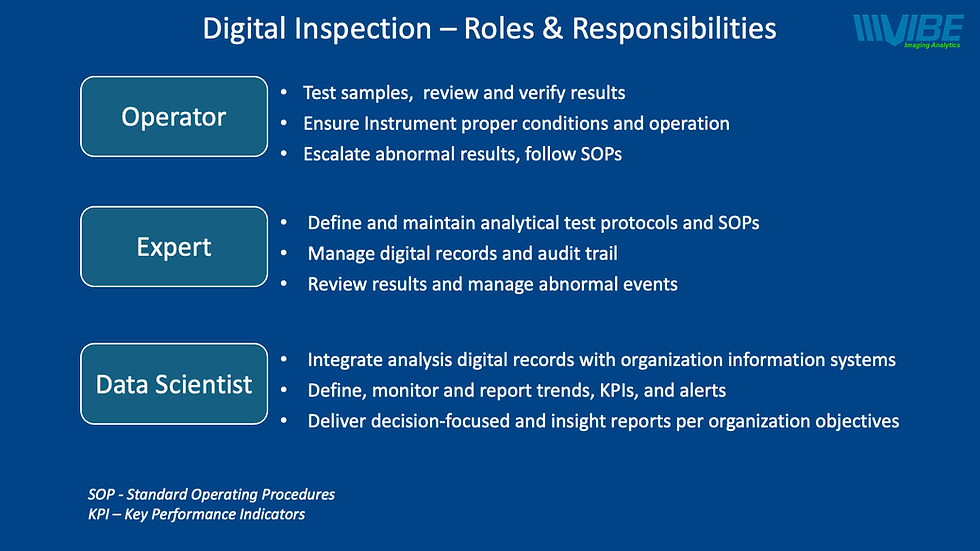Aflatoxins: The Need for Early Detection
- "The Grain Guru"
- Sep 23, 2020
- 2 min read
Updated: May 11, 2022
Aflatoxins are toxic metabolites produced by a variety of molds commonly known as mycotoxin. These mycotoxins are secondary metabolites produced by several species of molds (commonly known as fungi) of the genera Aspergillus, Fusarium, and Penicillium.

Mycotoxins are carcinogenic in nature. Large doses of aflatoxins lead to acute poisoning (aflatoxicosis) that can be life-threatening, usually through damage to the liver. Aflatoxins have been implicated in human health disorders including hepatocellular carcinoma, aflatoxicosis, Reye’s syndrome, and chronic hepatitis. Animals are exposed to aflatoxins by consumption of feeds that are contaminated by aflatoxin producing fungal strains during growth, harvest or storage. Symptoms of toxicity in animals range from death to chronic diseases, reproductive interference, immune suppression, decreased milk, and egg production. Most controlling government agencies worldwide have regulations regarding the amount of aflatoxins allowable in human and animal foodstuffs.
These mycotoxins are generally found in hot and humid regions, naturally present in the air, soil, plants, also grow on crops, grains, nuts, cotton seeds, and other commodities associated with human foods and animal feed and contaminate them.
Aflatoxins may be present in foods such as groundnuts, maize, rice, dried fruits, spices, raw vegetable oils, and cocoa beans with fungal contamination before and after harvest. Generally, aflatoxin contamination can occur at both pre-and post-harvest stages of the agricultural chain. It becomes very difficult to recognize grains containing toxin-producing molds, at times it may not appear moldy and even if they do, visualizing aflatoxins with the naked eye is also not easy. Hence their effect on health, unfortunately, seriously goes unnoticed. Accurate and rapid determination of the presence of aflatoxin in commodities is of paramount importance.
Vibe developed a new method for fast and objective analysis for blacktip detection. The Analysis is based on a parametric calibration file created by a proprietary Machine Learning engine used in the Vibe QM3-Grain Analyzer. It takes less than a minute to analyze a sample of 25-30 grams with accurate and repeatable results.
A Vibe QM-3 application was introduced to detect Black-Tip fungus in wheat. This application is in addition to other damage detection applications such as Fusarium. • Typical wheat sample size is about 25-30 grams but samples of up to 40 grams are possible. This means samples from 1 single kernel to approximately 1000 kernels can be analyzed. • Analysis time is less than 1 minute • Black Tip results provided as : % of weight, % of count, absolute count • Vibe provides professional services for grain analysis and customer applications, please feel free to contact us at any time.
Vibe Imaging Analytics successfully developed calibrations that helped in quick identification of Fusarium in wheat. Vibe calibrations can be used for seed inspection for Fusarium even before they go for sowing in the field. Not only in papers, but the calibrations have been used by USDA-ARS. (https://www.vibeia.com/post/can-we-detect-fusarium-in-wheat)
We hope that you like reading our Blog. In case of further discussions, we are available to discuss and explore.
Dr. Nitika Raman Jaiswal
Nitika.jaiswal@vibeia.com




Comments